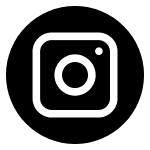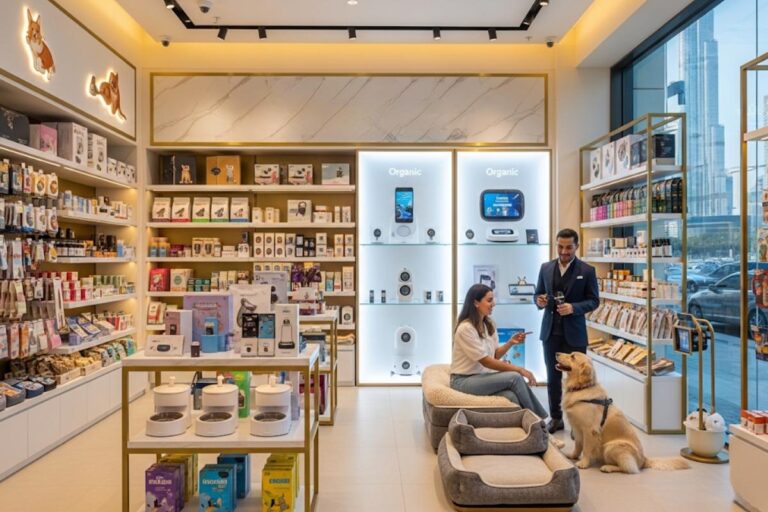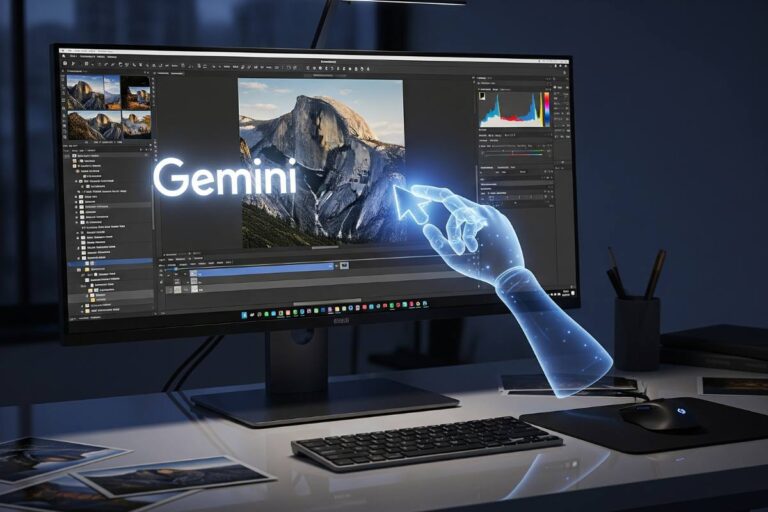Meta’s early lead, in plain terms
Short version: Meta’s Ray‑Ban smart glasses hold an early, measurable edge – on sold units, shipment share, feature momentum, and manufacturing muscle – and those aren’t soft signals; they’re the scoreboard right now. In other words, if the question is whether someone’s out front in consumer smart glasses at this moment, the answer is yes – Meta is, and the numbers back it up.
A market that suddenly moved
Since the October 2023 debut, Ray‑Ban Meta glasses have sold about 2 million pairs globally, a number shared alongside EssilorLuxottica’s plan to push capacity to 10 million units per year by the end of 2026, which, candidly, signals belief that demand isn’t just a blip but a trend worth scaling into. In 2024 alone, sales topped 1 million units, and internal remarks reported in early 2025 framed the runway as wide open, which, to be fair, reflects the reality that most rivals aren’t shipping at comparable volume yet. Meanwhile, the category didn’t crawl; it sprinted – up roughly 210% year over year in 2024 – crossing the 2‑million‑unit mark as Meta captured north of 60% share, a combination that turns a strong product into a clear lead. And just to connect dots with dollars: EssilorLuxottica said revenue tied to Ray‑Ban Meta more than tripled in the first half of 2025, which is what keeps factories humming and roadmaps moving.
The numbers, unpacked – briefly
- Around 2 million pairs sold since launch, plus a plan to manufacture up to 10 million per year by end‑2026, anchors both present traction and near‑term scale if demand holds steady or grows.
- Sales in 2024 cleared 1 million units, and scenarios floated internally for 2025 contemplated stepping up meaningfully from there, pending market conditions and supply alignment.
- Category shipments surged 210% year over year in 2024 to more than 2 million units, with Meta taking 60%+ share – an early but sturdy advantage in a young segment.
- Revenue lines up with units: EssilorLuxottica reported Ray‑Ban Meta revenue tripled year over year in H1 2025, suggesting sell‑through beyond launch enthusiasm into repeatable, wider demand.
Why the lead formed: familiar form, useful function
The breakthrough wasn’t flashy so much as quietly smart: fold helpful AI into eyewear that looks and feels like, well, regular Ray‑Bans – frames people are already happy to wear all day – then layer in hands‑free capture and on‑the‑go assistance that actually solves small, everyday hiccups. Meta’s updates nudged that idea along: conversational follow‑ups without a repeated wake word, more natural prompts, and a steady drumbeat of features that tilt from novelty toward habit, which is where a wearable either sticks or slips. “We’re adding video to Meta AI,” the company said as it shifted from single prompts to continuous, real‑time help – think identifying a landmark or suggesting next steps while walking – small moments, yes, but strung together they change how the product gets used.
Feature cadence that feels lived‑in
Real‑time translation – rolling out for multiple languages – slots naturally into travel and hospitality, while open‑ear audio keeps surroundings audible, which matters more than spec sheets sometimes admit when glasses are worn all day in public spaces. Light memory helpers – like remembering where the car got parked or setting a quick voice reminder – reduce friction in those forgettable‑until‑they‑aren’t moments, and that’s where habit loops form, slowly at first, then – suddenly – often. Integrations are widening too, from Be My Eyes accessibility support to big audio services such as Spotify, Amazon Music, Audible, and iHeart, building a practical “little things” ecosystem that fills the gaps between marquee features.
What counts as “smart glasses” here
Definitions can muddy debates, so it helps to be precise: Counterpoint tracks “smart glasses” (in this context) as eyewear without see‑through displays or optical engines – so not AR headsets, but AI‑enabled audio/camera glasses that still look like conventional frames. Under that lens, Ray‑Ban Meta is positioned as “AI smart glasses,” blending camera and audio with an on‑device NPU‑equipped chip and Meta’s Llama‑powered stack while offloading heavier compute to phone or cloud, a pragmatic architecture for today’s networks and batteries. Given that setup, the 210% shipment jump in 2024 and Meta’s 60%+ share become not just good indicators but category‑defining ones for this particular slice of the market.
It’s not just a U.S. story anymore
While North America lit the fuse, shipment trackers indicate rising momentum in Western Europe and parts of Asia as distribution broadens and retail visibility improves, reflecting the benefits of EssilorLuxottica’s global footprint. Early 2025 shipment snapshots show “audio and camera glasses” growing briskly in markets experimenting with AI forward features, echoing Meta’s bet on lighter, social, all‑day wear instead of immersive headsets for strictly bounded use cases. The profile that’s emerging feels familiar: slim, comfortable frames that do just enough – photos, video, calls, translation, quick answers – without demanding a new social script every time they’re worn outside.
Scale as strategy, not a footnote
EssilorLuxottica didn’t just join the ride; it’s steering the manufacturing lane, pointing capacity toward 10 million pairs annually by the end of 2026 and, in so doing, signaling multi‑year confidence in the category’s staying power. CEO Francesco Milleri put the philosophy plainly: “A pair of eyeglasses will be the main digital platform addressing our daily needs,” which, yes, sounds bold, but also matches how people tend to embrace tech they can wear without thinking about it too much. That H1 2025 revenue surge – more than tripling year over year – helps explain why suppliers green‑light more lines, more colors, more SKUs; if sell‑through’s real, scale gets funded, and if scale arrives, prices, availability, and variety usually follow.
Competition: present, but not pressing – yet
Competitors today mostly approach from two directions: audio‑only frames with limited AI or developer‑focused AR gear that isn’t truly for everyday wearers, which lends some credence to Mark Zuckerberg’s internal remark that Meta “essentially pioneered this market” and that rivals “have yet to really emerge,” at least in the mass‑retail sense. Counterpoint expects a very different 2025 – a “battle of hundreds of smart glasses” as brands like Xiaomi, Samsung, Baidu, and ByteDance bring their own AI‑infused eyewear to market, which could grow the overall pie even as it pressures share. Still, incumbency matters: when a company has distribution, installed base, and services that make the hardware more useful over time, that starting position is hard to dislodge quickly, especially in a category where comfort and social acceptability are part of the product.
Why the lead matters beyond bragging rights
Glasses live where the action is – on the face – which is where a camera and mic can deliver timely help hands‑free, and that’s exactly the use case Meta keeps deepening with visual prompts, conversational follow‑ups, and, now, video‑enabled Meta AI assistance. Developers and content partners prefer platforms with daily usage and predictable distribution, and integrations across accessibility and audio ecosystems make the device feel less like a gadget and more like a companion for bite‑sized tasks. As EssilorLuxottica cycles new frame styles and lens options – which it frequently does – the addressable audience expands again, mixing fashion rhythms with tech refresh cycles to widen adoption without waiting on a single “killer app” moment.
Anecdotes that actually resonate
Meta’s updates tend to highlight ordinary life: finding a car in a sprawling lot, firing off a quick voice note, or connecting a person with a volunteer via Be My Eyes who can see exactly what’s being seen – all of which are small, familiar, and human. The pattern is simple enough: if a task happens often – checking a menu, translating a phrase, capturing a scene – reducing friction there turns one‑off delight into everyday reliance, which is how habits form and installed bases grow. The cadence reads incremental in release notes – now add video help, now add real‑time translation, now follow up naturally – but in practice, those increments stack up fast across a week of micro‑moments.
The growth arc ahead
Analysts project another strong expansion in 2025 and a 60%+ CAGR through 2029 for smart glasses as defined here, which implies broader use cases, new price bands, and a lot more brands entering – classic signals of a category moving from niche to mainstream. Expect differentiation along familiar product axes – battery life, capture quality, weight, comfort – areas where fast followers often press hard while trying not to break the wearability that makes the product viable in the first place. And even if share tightens as competition heats up, total volumes can still climb, which usually benefits early leaders that have both the supply chain and the shelf space locked in.
What could flip the script
A step‑change sensor, a more efficient AI accelerator, or a new lens material could shift competitive balance, but historically those advantages amplify the reach of companies already shipping at volume – and right now, that’s Meta with EssilorLuxottica at its side. Capacity targeting 10 million units per year by end‑2026 is an advantage if demand remains strong and a challenge if it doesn’t, but the H1 2025 revenue backdrop suggests the wind’s at their back for now. Also worth watching: shipment data indicating momentum for “audio and camera glasses” over head‑mounted displays, a tilt that – at least for the moment – matches Meta’s strengths.
Timeline, at a glance
- Oct 2023: Ray‑Ban Meta launches – familiar frames, early AI features, and instant retail presence thanks to EssilorLuxottica’s network.
- 2024: Category shipments jump 210% year over year to more than 2 million units, and Meta captures 60%+ share within Counterpoint’s “AI smart glasses” framing.
- Late 2024–2025: Conversational follow‑ups, video to Meta AI, real‑time translation, and integrations with accessibility and audio partners roll out in waves.
- H1 2025: EssilorLuxottica reports Ray‑Ban Meta revenue up more than 3x year over year and outlines capacity heading toward 10 million units annually by end‑2026.
In their own words
“A pair of eyeglasses will be the main digital platform addressing our daily needs,” EssilorLuxottica CEO Francesco Milleri said, capturing a simple idea: if it’s wearable, comfortable, and helpful, it’s likely to stick around. “We essentially pioneered this market, and our rivals have yet to really emerge,” Mark Zuckerberg told employees, underscoring both the lead and the pressure to execute before the pack closes in. And Meta’s product team put it succinctly: “We’re adding video to Meta AI, so you can get continuous real‑time help,” which marks a shift from point answers to ongoing assistance – the sweet spot for face‑worn tech.
So… has Meta already won?
By conventional yardsticks – installed base, share, feature velocity, and near‑term capacity – Meta’s won the opening round of consumer smart glasses, and the gap looks meaningful as the pie itself grows. Competition is coming, likely fast and from multiple directions, but today’s reality on store shelves and in daily use tilts clearly toward Ray‑Ban Meta. That could change, sure, but for now, the early innings belong to Meta’s glasses, with momentum that’s still building.
Key data points
| Metric | Data | Source |
| Pairs sold since launch | ~2 million (since Oct 2023) | The Verge citing EssilorLuxottica disclosure |
| 2024 sales | 1+ million units | The Verge reporting internal remarks |
| Market growth (2024) | +210% YoY; shipments >2 million | Counterpoint tracker |
| Meta share (2024) | 60%+ | Counterpoint tracker |
| Capacity outlook | 10M pairs/year by end‑2026 | EssilorLuxottica via earnings remarks |
| Revenue trend | Ray‑Ban Meta revenue >3x in H1 2025 | CNBC on EssilorLuxottica results |
What to watch next
- New entrants and pricing ladders: Counterpoint expects a “battle of hundreds,” with Xiaomi, Samsung, Baidu, and ByteDance among likely movers, potentially accelerating the category even as it complicates share lines.
- Comfort versus capability: Expect skirmishes over battery life, capture quality, and total weight, while Meta’s pace – translation, video‑enabled AI, natural follow‑ups – sets a practical benchmark for everyday usefulness.
- Regional expansion and retail lift: Shipment momentum beyond North America hints at wider uptake where distribution, prescriptions, and style variety align with local preferences.
In sum, the evidence points the same way: strong sales, sizable share, rapid features, and real scale give Meta’s Ray‑Ban glasses a head start that, unless something dramatic changes, seems poised to carry through the next wave of smart‑glasses adoption.
































